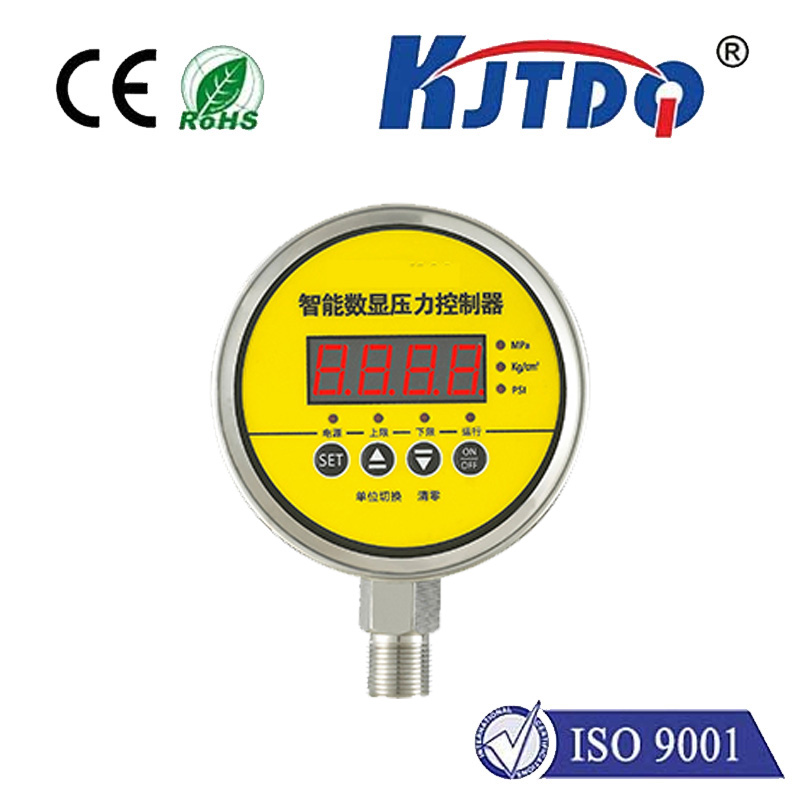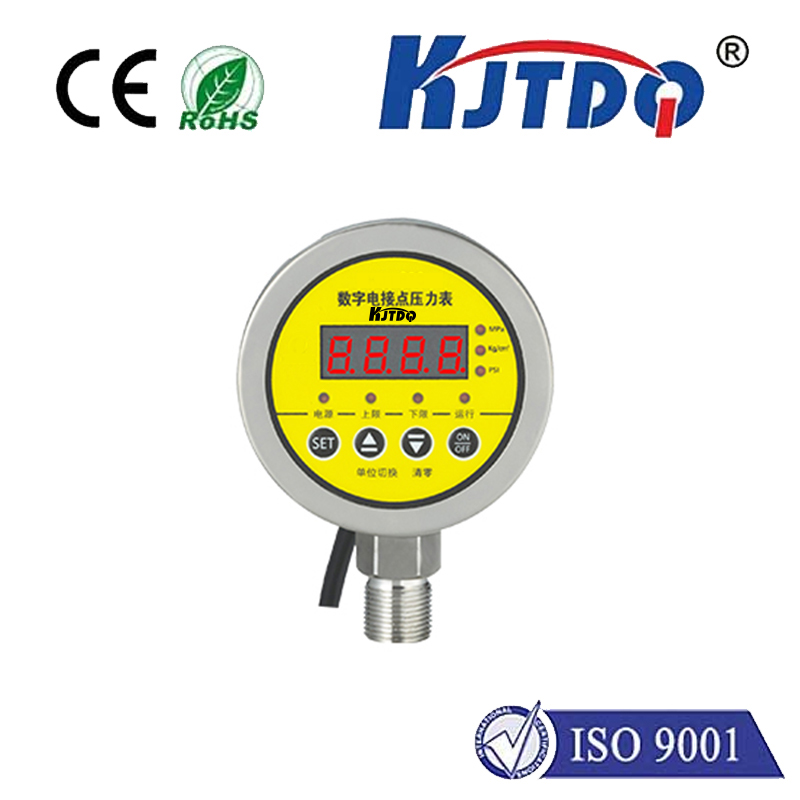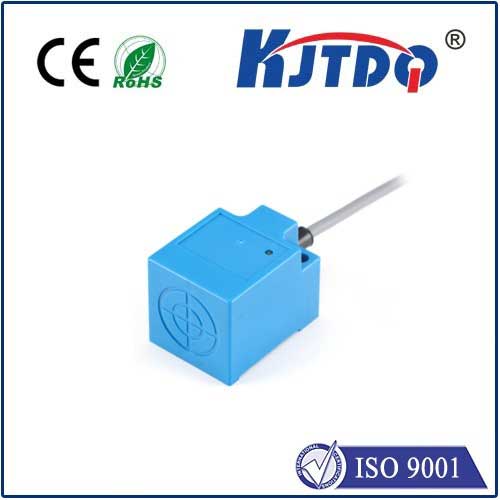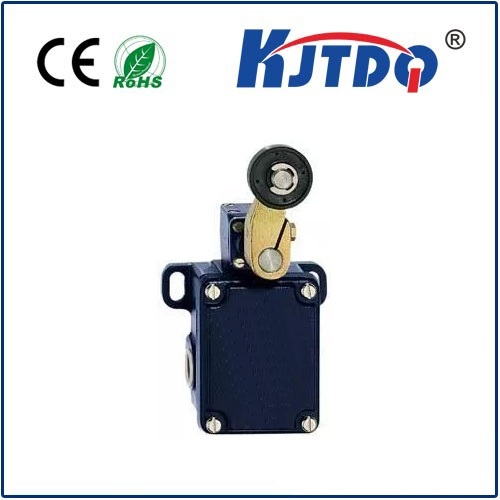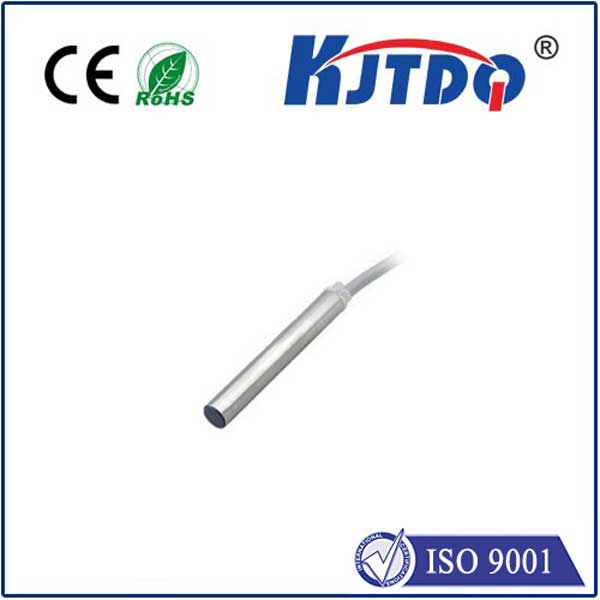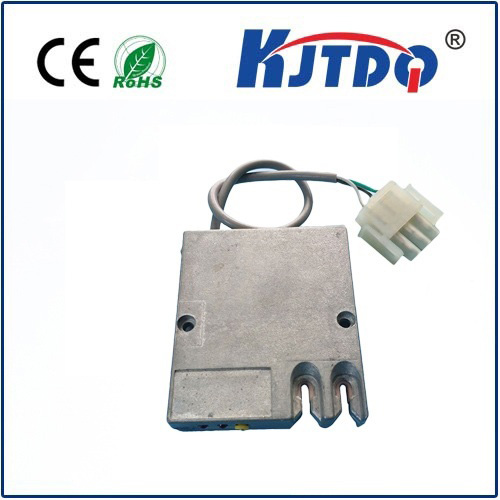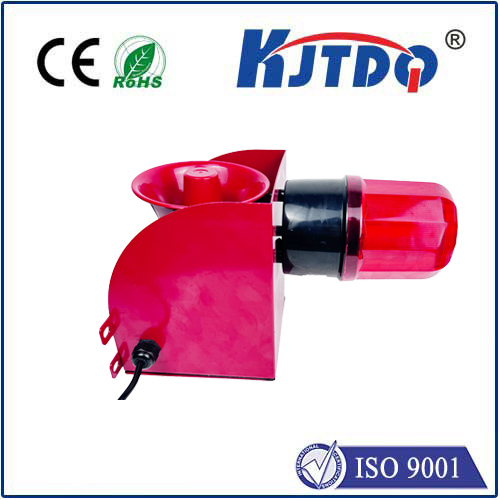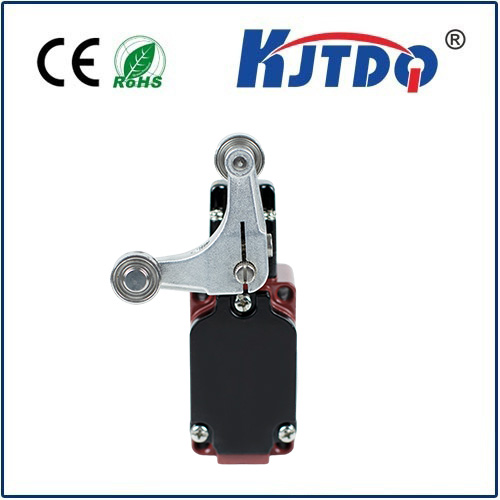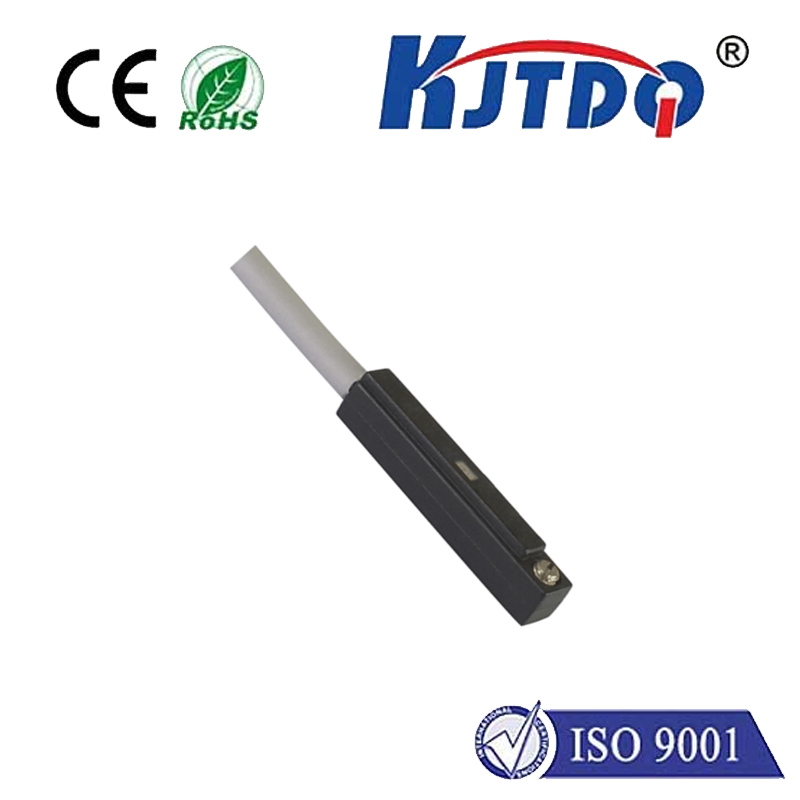
check

check

check

check
Magnetic Type Limit Switch: An Innovative Solution for Precision Control
Limit switches are essential components in a wide range of industrial automation systems. They serve as the eyes and ears of machines, providing accurate position feedback to ensure proper operation. Among various types of limit switches, the magnetic type limit switch stands out for its unique advantages and innovative design. In this article, we will explore the features, benefits, and applications of magnetic type limit switches, highlighting their role in precision control.
The Working Principle of Magnetic Type Limit Switches
Magnetic type limit switches operate on the principle of detecting changes in the magnetic field strength caused by the presence or absence of a magnet. These switches consist of a housing containing a reed switch or Hall effect sensor and a magnet that is attached to the moving part of a machine. When the magnet comes close to the switch, it activates the sensor, triggering an electrical signal that can be used for control purposes. The distance between the magnet and the switch determines the accuracy and sensitivity of the system.
Key Features of Magnetic Type Limit Switches
One of the most notable features of magnetic type limit switches is their contactless operation. Unlike mechanical switches that rely on physical contact between components, magnetic switches use magnetic fields to detect changes in position, eliminating wear and tear over time. This makes them highly reliable and long-lasting, even under harsh industrial conditions. Additionally, magnetic switches offer excellent resistance to vibration, shock, and contamination, ensuring stable performance across various environments.
Another advantage of magnetic type limit switches is their flexibility in terms of mounting options and adjustment capabilities. They can be easily mounted on any surface using screws or adhesive tape, making them suitable for both stationary and moving applications. Furthermore, the gap between the magnet and the switch can be adjusted to achieve the desired level of sensitivity, allowing users to fine-tune their systems according to specific requirements.
Benefits of Magnetic Type Limit Switches in Industrial Automation
Magnetic type limit switches bring numerous benefits to industrial automation systems. Firstly, they provide exceptional accuracy and repeatability, which are crucial factors in ensuring product quality and process consistency. By detecting precise positions within fractions of an inch or millimeter, magnetic switches enable machines to perform complex tasks with high precision.
Secondly, magnetic type limit switches contribute to increased efficiency and productivity. With their fast response times and reliability, these switches help minimize downtime due to equipment failure or maintenance issues. They also allow for easier setup and programming of automated processes, reducing human error and improving overall system performance.
Applications of Magnetic Type Limit Switches in Various Industries
Magnetic type limit switches have found widespread application in numerous industries, including manufacturing, packaging, material handling, and more. In manufacturing processes, they are commonly used for positioning robotic arms, controlling conveyor belts, and monitoring assembly lines. In packaging operations, magnetic switches ensure proper product alignment and labeling accuracy. In material handling systems, they play a vital role in sorting, transporting, and storing goods efficiently.
Conclusion
In conclusion, magnetic type limit switches offer an innovative solution for precision control in industrial automation systems. With their contactless operation, reliability, flexibility, and accuracy, these switches have become essential components in various applications across different industries. As technology continues to advance and demands for higher quality and efficiency increase, it is evident that magnetic type limit switches will remain a vital component in driving innovation and progress in industrial automation.
